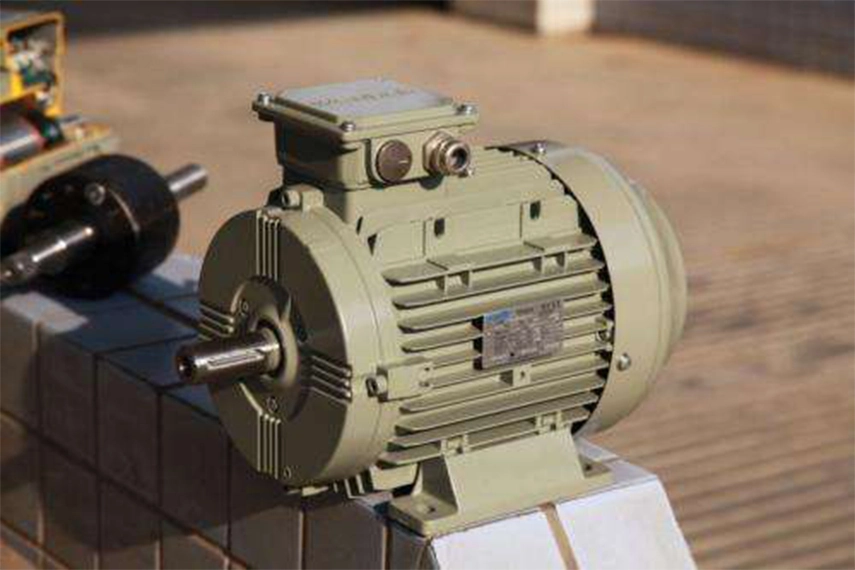
Operating Motors in Wet or Damp Environments
When using a motor, you sometimes encounter the effects of harsh environments, such as humid environments, which pose challenges to the operation of the motor.
Operating motors in wet or damp environments presents unique challenges and considerations. Whether in outdoor applications exposed to wind and rain, complex manufacturing equipment, or environments with high humidity, understanding how to maintain the reliability and safety of motors in different environments is crucial. In this article, we will explore the key factors to consider when dealing with wet or damp environments, including motor selection, protection measures, maintenance practices, and industry-specific guidelines.
I. Understanding the Environmental Conditions
Assessing Moisture Levels

Before operating motors in wet or damp environments, it is important to evaluate the extent of moisture exposure. Determine whether the environment is consistently wet, subject to occasional splashes, or exposed to high humidity levels. This assessment will guide the selection of appropriate motor protection measures and identify potential risks.
Apart from moisture, it is essential to identify the presence of contaminants in the environment. Substances like dust, chemicals, and saltwater can further impact motor performance and longevity. Understanding the specific contaminants involved will help in implementing suitable protective measures.
II. Motor Selection
Enclosure Ratings
Choosing motors with appropriate enclosure ratings is crucial when operating in wet or damp environments. The National Electrical Manufacturers Association (NEMA) and the International Electrotechnical Commission (IEC) provide standardized enclosure ratings that define the level of protection against moisture and contaminants. Selecting motors with the right enclosure rating ensures sufficient protection for the specific environmental conditions. Lunyee's motor enclosures are strictly manufactured according to the standards set by IEC. Considering the different operating environments in various industries, we offer a variety of customized enclosures with different protection levels to meet the needs of different environments.
Corrosion Resistance
In corrosive environments, motors should have proper corrosion-resistant features. Stainless steel or coated motor components can provide increased resistance to rust and degradation over time. Consider the motor's construction materials and ensure they are compatible with the environment to prevent premature failure.
III. Motor Protection Measures
Sealing and Gasketing
Proper sealing and gasketing techniques help prevent moisture ingress into the motor. Sealed enclosures, O-rings, and gaskets create a barrier against water and contaminants, safeguarding the internal components. Regular inspections and maintenance of seals and gaskets are necessary to ensure their effectiveness.
Varnishing and Coating
Applying appropriate varnishes or protective coatings to motor windings and other vulnerable areas can enhance resistance against moisture and contaminants. These protective layers act as a barrier, preventing direct exposure of the sensitive components to damaging elements.
Ventilation and Drainage
Designing motor enclosures with adequate ventilation and drainage mechanisms is vital. Proper airflow prevents the buildup of moisture inside the motor, while effective drainage channels ensure water is safely directed away from critical components. Ventilation and drainage systems should be regularly inspected and maintained to avoid blockages or malfunctions.
IV. Maintenance Practices
Regular Inspections
Frequent inspections are essential for identifying signs of moisture damage, corrosion, or other issues. Inspect motor enclosures, seals, gaskets, and ventilation systems to ensure they are intact and functioning correctly. Any signs of deterioration should be addressed promptly.
Cleaning and Drying
Regular cleaning of motor surfaces helps remove contaminants that can contribute to corrosion. Additionally, after exposure to water or high humidity, motors should be thoroughly dried to prevent moisture accumulation. Utilize appropriate drying methods such as warm air blowers or desiccant packs to ensure complete drying.
Lubrication
Proper lubrication of motor bearings and other moving parts is crucial for maintaining smooth operation and preventing moisture-induced friction. Use lubricants recommended for wet or damp environments, as they offer enhanced protection against water washout and corrosion.
V. Industry-Specific Guidelines
Different industries have specific regulations and guidelines for operating motors in wet or damp environments. Motors used in explosion-proof applications or in marine environments are subject to strict industry standards. It is essential to familiarizeyourself with industry-specific requirements and adhere to them accordingly.
Conclusion
Operating motors in wet or damp environments necessitates careful consideration of environmental conditions, motor selection, protection measures, and maintenance practices. By selecting motors with appropriate enclosure ratings, implementing effective sealing and coating techniques, and following industry-specific guidelines, you can ensure reliable and safe motor operation in challenging environments. Regular inspections, cleaning, drying, and lubrication are key maintenance practices that help mitigate moisture-related risks and prolong motor life. By adhering to these principles, you can optimize motor performance, increase operational efficiency, and minimize downtime in wet or damp environments.



Leave a Comment